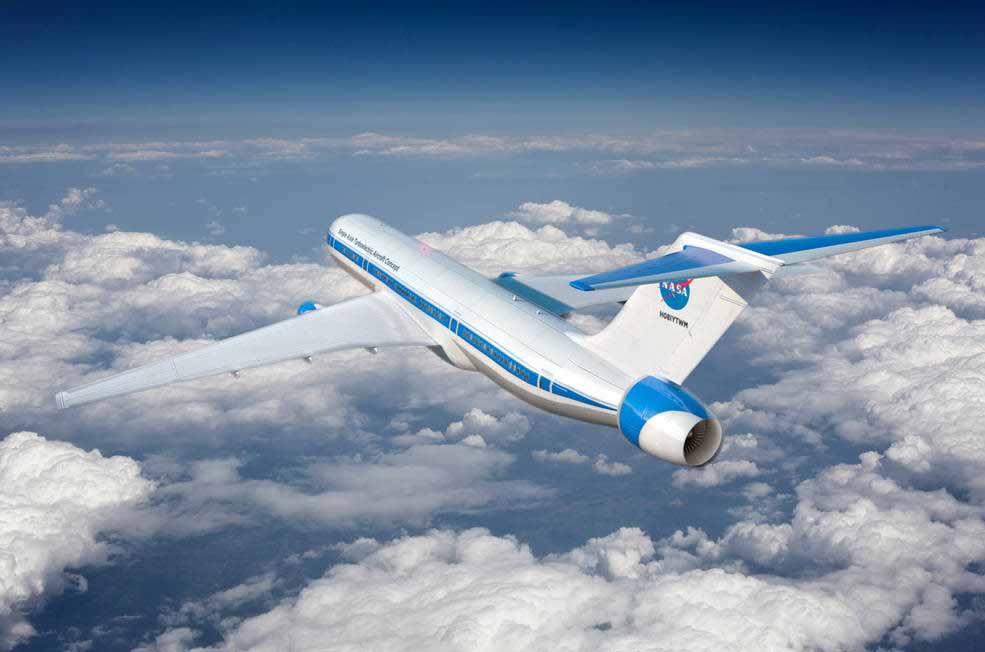Blasting off
March 9, 2023

Jason Welstead ’07 explores new frontiers at NASA
BY ALAN SIMMER ’07 | PHOTO SUBMITTED
Imagine it: You’re on an airplane, buckled in, waiting to take off — and instead of accelerating down a runway, the plane simply lifts into the air and flies away.
That future may be closer than you think thanks to Jason Welstead ’07 and his work at NASA.
“I had always been interested in flight, in particular any and all airplanes flying overhead, talking to pilots in the cockpit when I flew as a kid, and playing games that had some sort of flying in it,” Welstead said.
While working on a project his junior year at Wartburg, he discovered aerospace engineering and decided to make that his career path. After graduating with a degree in engineering science and mathematics, that path first took him to Auburn University in Alabama, where he earned his master’s degree and doctorate in aerospace engineering.
The next stop: NASA. Welstead has worked there since 2013 in the Aeronautics Research Mission Directorate. He’s currently a technical adviser in the Advanced Air Vehicle Program (AAVP), providing guidance and spotting opportunities to collaborate with other departments.

“Any aeronautic-vehicle-related research falls within the AAVP portfolio,” he said. “So think vertical-lift vehicles all the way to five to 10 times the speed of sound,” a pace beyond supersonic called hypersonic.
Welstead’s previous work has focused on electric vertical takeoff and landing, including a specific effort to reduce noise and improve safety. Several companies have developed personal aircraft or small jets that use this technology. When scaled up over the years ahead, it could eliminate the need for runways at airports.
Welstead also oversaw development of STARC-ABL, or the Single-aisle Turboelectric AiRCraft with Aft Boundary Layer ingestion. It’s a commercial-grade passenger aircraft that bridges some of the gap between gas-powered planes and all-electric flight (see sidebar). While you can’t hop on a flight that uses this technology yet, the project was designed to be achievable by 2035, and the concept inspired a flurry of additional research.
“Wartburg really prepared me for the next step in my journey,” Welstead said. “I was given a toolset that enabled me to succeed out of the gate.”
He credits an internship with John Deere, working as a quality engineer on 9000-series tractors, with giving him practical knowledge about manufacturing. His liberal arts education also sharpened his thinking skills. “It taught me how to find alternative ways to look at the problem.”
What’s in a name?
Even STARC-ABL’s acronym may be a mouthful, but the full project title tells you exactly what NASA is working on.
Single-aisle
The plane seats 150 and has a “tube and wing” shape familiar to frequent flyers.
Turboelectric aircraft
The regular gas turbine jet engines also produce electricity used to power a set of motors.
Aft boundary layer ingestion
Those motors are mounted on the tail of the aircraft. They suck in slow-moving air that collects around the plane and blast it out the back, reducing drag and improving fuel efficiency.
